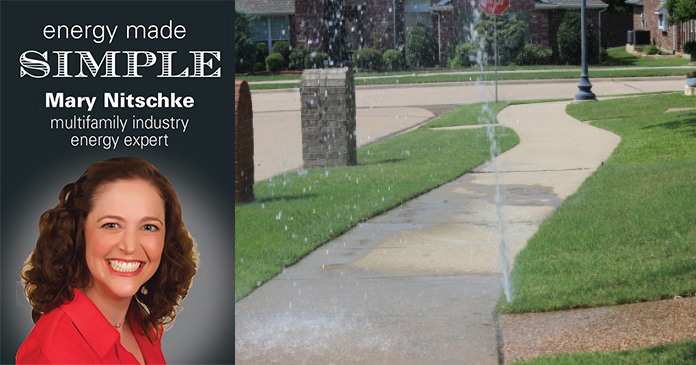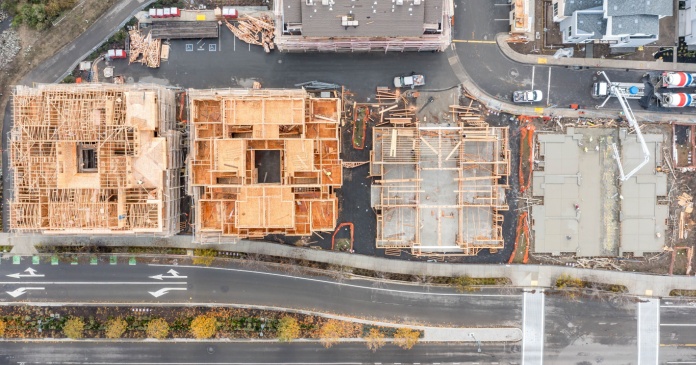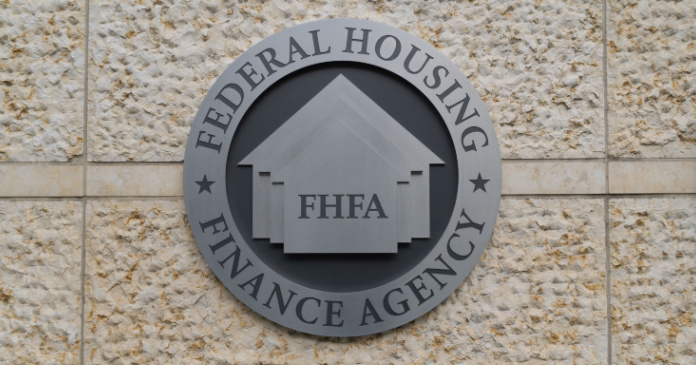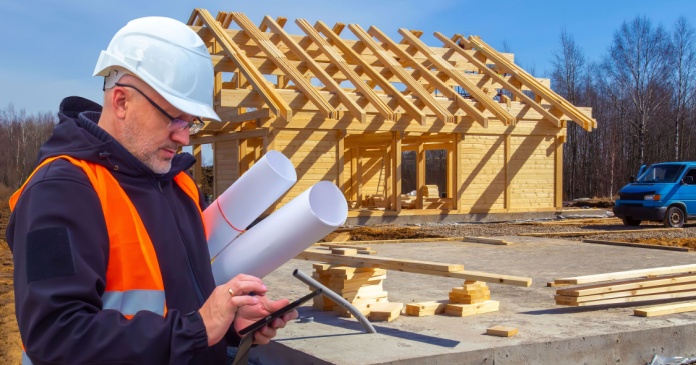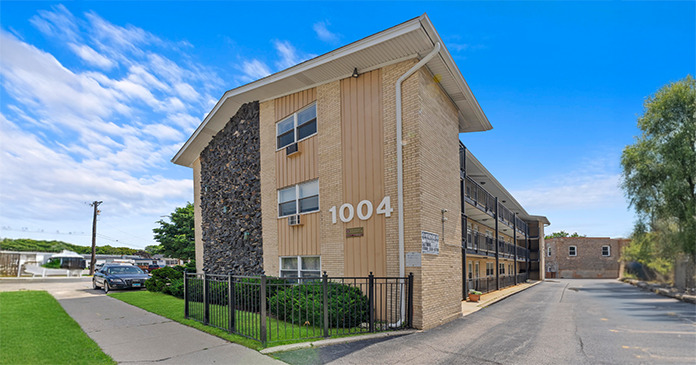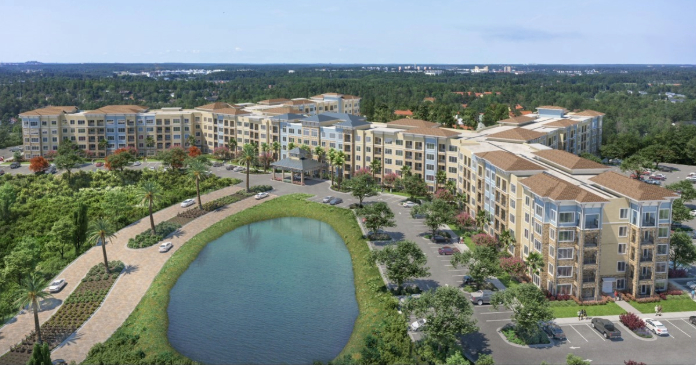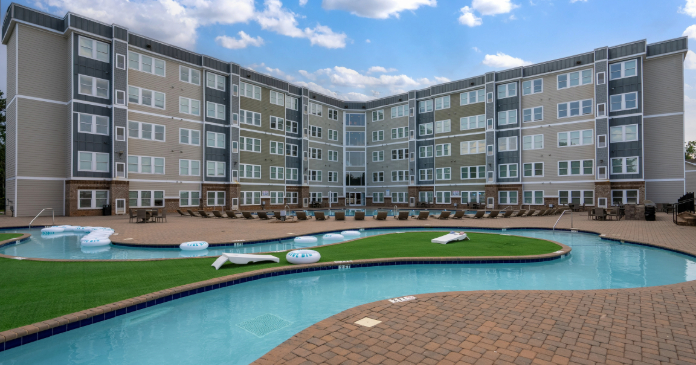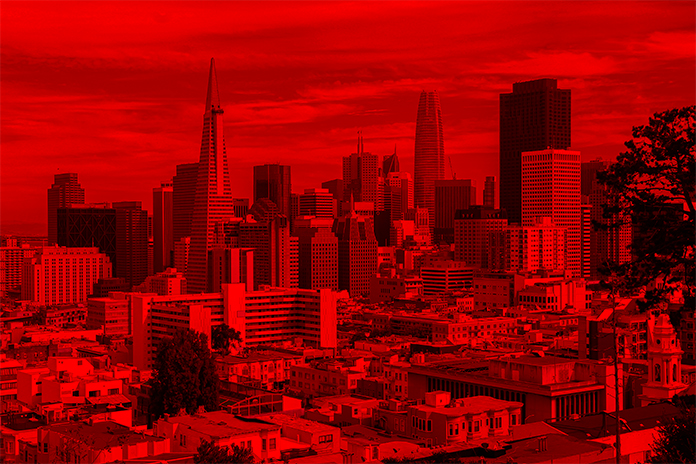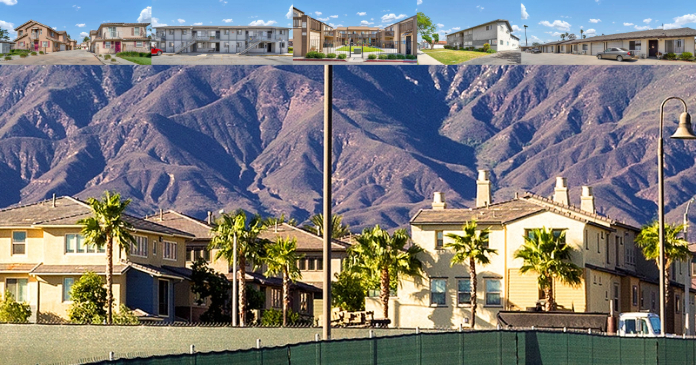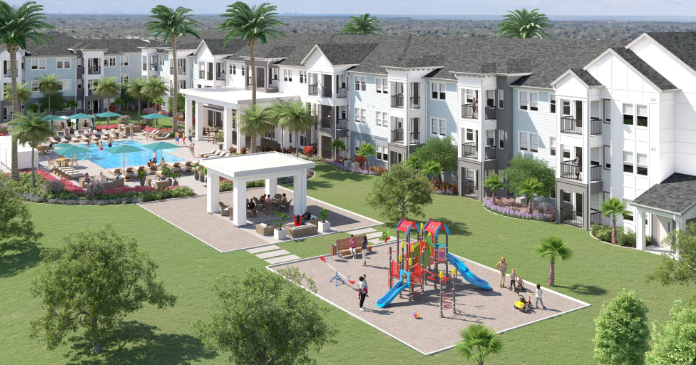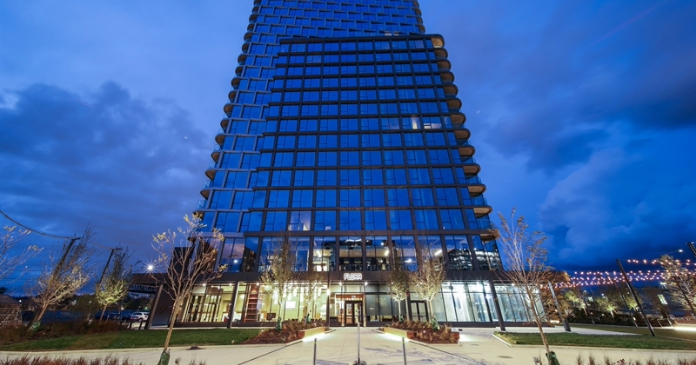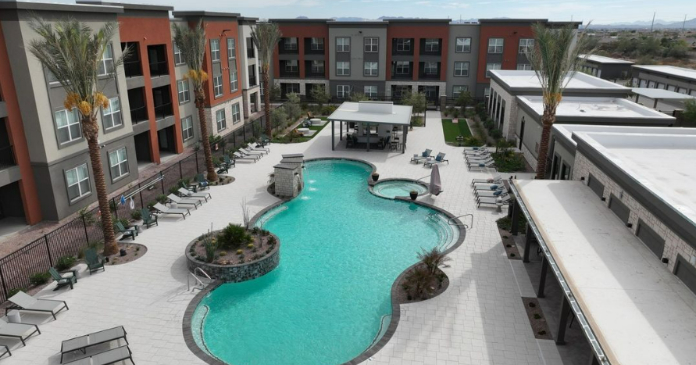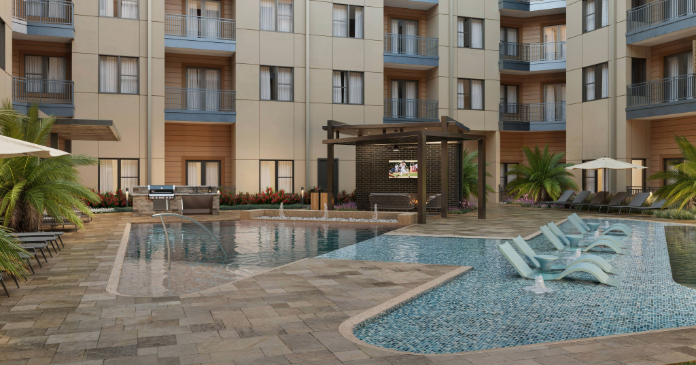This morning, as I was walking my property, enjoying the coolness of the early day, my neighbor’s sprinkler system turned on. Sadly, due to a break in their irrigation system, none of the sprinklers engaged, rather one lone massive geyser of water gushed over six feet straight in the air and continued to do so for the entire cycle (about ten very long minutes). I knocked on my neighbor’s door to try to have them turn it off; but sadly, they had already left for work for the day. I put a note in their mailbox and am hoping that they do not see me as a nuisance as I really am trying to help.
We are going to talk about irrigation again and my fingers are crossed that you too do not see me as a nuisance. We have discussed the benefits of smart irrigation controllers and not practicing the art of “set it and forget it”, but sometimes technology is not the solution. Remember how in previous articles we discussed looking up? Now I want you to look down.
EPA estimates that 5-30% of water consumption on your property is for irrigation. If you have a large garden style property, it could be more. Although the cost of water might appear cheap, you need to factor your sewer costs into the total expense, unless you have separately metered irrigation which has no sewer charges on it. Water rates are typically driven by consumption, so, if your system is riddled with leaks, it could cost you. Yes, I know that the irrigation system is only going to run as long as you have programmed it to, but there are a couple of factors to consider.
First is curb appeal. Fun fact, if turf is not watered, the grass turns brown. Also, fun fact, if the turf is over watered, the grass turns brown. Do not necessarily attribute brown grass to a lack of water; you could be over irrigating.
If you have a break in an irrigation line or a broken sprinkler head, parts of your landscaping will be deficient of water and turn brown. Most people assume that the brown grass is due to insufficient water caused by an irrigation cycle that is too short, and not due to a problem with the irrigation system itself. This means that they manually change the schedule. The result? The rest of their lawn turns brown from over irrigation, they do not solve the dry spot problem and their water charges explode.
When you have a dry area, it is best practice to turn the system on and then assess the issue.
Second is uneven ground. If suddenly you notice a depression or a soggy area in your turf, chances are you may have a small crack in your irrigation pipe under the ground. These are relatively easy to fix but can cost you a lot more money than you need to spend.
The point is to look. I have seen buildings with water stains on them from irrigation leaks that have gone on for extended periods of time. A friend of mine had a property where the site team thought they had a natural creek running through it. The water flow was from a cracked pipe. Water leaks can aggregate to a large cost when a simple fix is all it takes. Remember, when we are looking at irrigation cost, that is an owner expense since that water is typically not in the bill back allocation to the residents. It is also a controllable expense.
Who knows, if we put down our screens and look, perhaps we will start our own industry water revolution. We can change the world, making it look better, and save money. One drip at a time.


